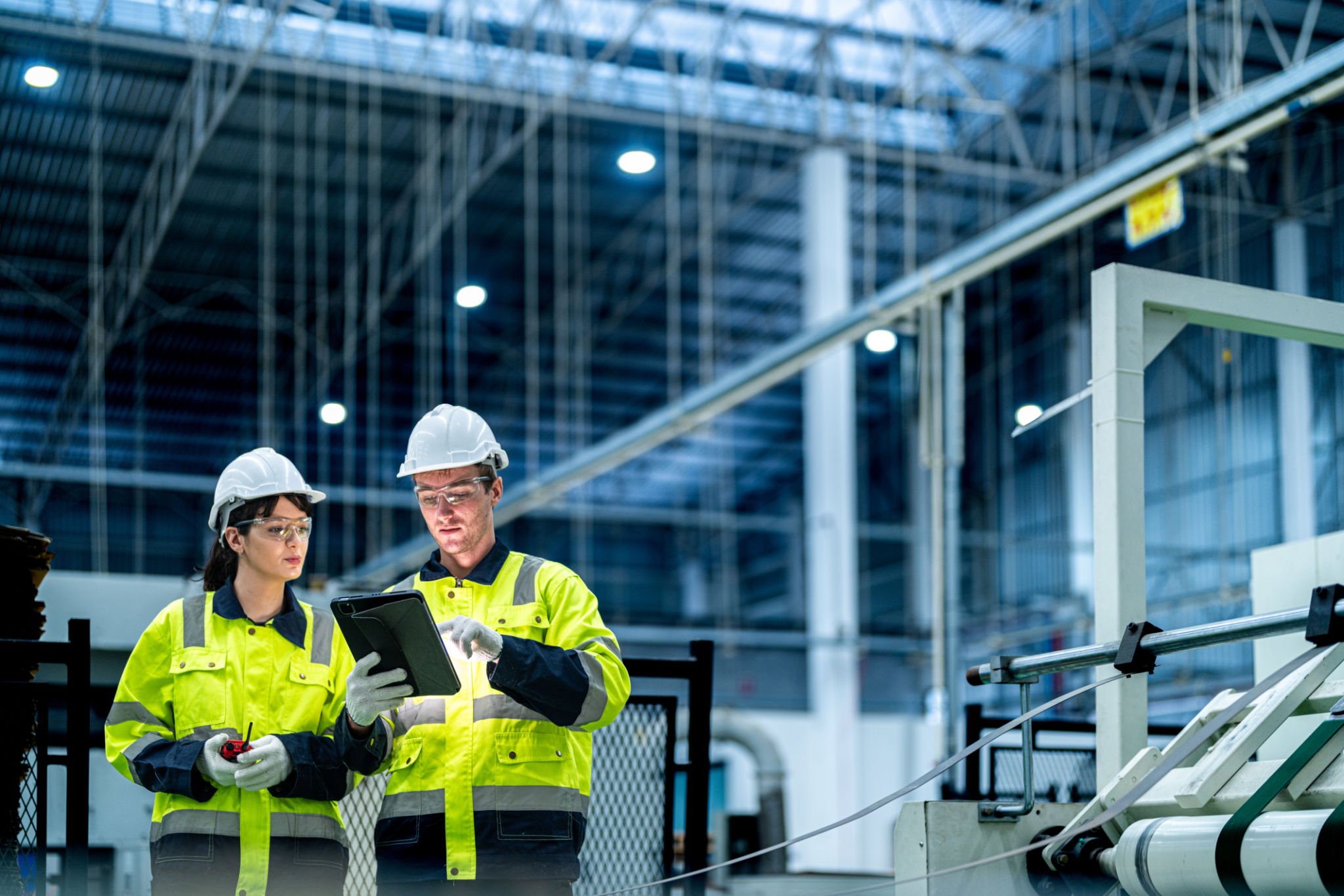The Ultimate Guide to Custom Truss Manufacturing: What Homeowners Should Know
Introduction to Custom Truss Manufacturing
When it comes to building or renovating a home, the structural integrity and design are crucial. One of the key components that contribute to this is the truss system. Custom truss manufacturing offers homeowners the flexibility to tailor these components to their specific needs, ensuring both strength and aesthetic appeal. Understanding the intricacies of custom truss manufacturing can significantly impact the outcome of your project.

What Are Trusses?
Trusses are engineered frameworks that provide support for roofs, bridges, and other structures. They are typically made from wood, metal, or a combination of materials, and are designed to distribute weight efficiently. In residential construction, roof trusses are the most common type, providing a crucial role in supporting the roof and transferring loads to the building's walls.
Types of Trusses
There are several types of trusses that homeowners can choose from, each serving different purposes. Some popular types include:
- King Post Truss: Ideal for smaller spans and simple, traditional aesthetics.
- Queen Post Truss: Suitable for wider spans and often used in residential designs.
- Scissor Truss: Provides a vaulted ceiling effect, adding height and openness to interior spaces.
The Benefits of Custom Trusses
One of the primary advantages of custom truss manufacturing is flexibility. By opting for custom designs, homeowners can ensure that their trusses meet specific architectural requirements while optimizing space. Custom trusses also allow for greater design creativity, enabling unique rooflines and interior spaces that reflect personal style.

Additionally, custom trusses can be engineered to accommodate special features like skylights or solar panels. This adaptability not only enhances functionality but also contributes to energy efficiency, potentially lowering utility costs over time.
The Manufacturing Process
The process of manufacturing custom trusses involves several steps. Initially, a structural engineer or designer assesses the architectural plans to determine the specifications. This includes calculating load requirements and selecting appropriate materials. Once designed, the trusses are fabricated in a controlled environment to ensure precision and quality.
Quality Assurance
During manufacturing, rigorous quality control measures are put in place to ensure that each truss meets safety standards. This might involve stress testing or using advanced software to simulate various load conditions. After manufacturing, the trusses are delivered to the construction site, ready for installation.

Considerations for Homeowners
When opting for custom trusses, homeowners should consider several factors. Budget is a key consideration, as custom designs may incur higher costs than standard options. However, investing in custom trusses can lead to long-term savings through increased durability and energy efficiency.
It's also important to work with experienced professionals who can provide guidance throughout the design and manufacturing process. Collaborating with skilled engineers and architects ensures that your vision is realized effectively and safely.
Conclusion
Custom truss manufacturing offers homeowners an opportunity to enhance their property's structural integrity and design. By understanding the types of trusses available and the benefits they provide, you can make informed decisions that align with your project's goals. Whether you're building a new home or renovating an existing space, custom trusses can be a valuable investment in creating a safe, beautiful, and efficient living environment.
